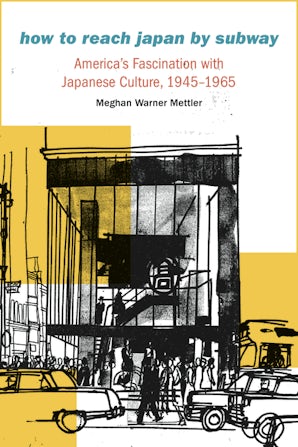List of Illustrations
Acknowledgments
Introduction
1. Humble Leaders of the Free World: Historical Context of the Shibui Aesthetic
2. Samurai at the Sure Seaters: 1950s “Highbrow” Japanese Movies in the United States
3. Friendship through Flowers: Americans’ Appreciation of Ikebana and Bonsai
4. How to Be American with Shibui Things: Japanese Aesthetics in the American Home
5. Satori in America: Intellectuals and Artists Discover Zen Buddhism
6. Zen Goes “Boom”: The Popularity of Zen Buddhism, Both Beat and Square
7. Japan for the Rest of Us: Non-Shibui Japanese Imports in the Postwar Era
Conclusion
Notes
Bibliography
Index
